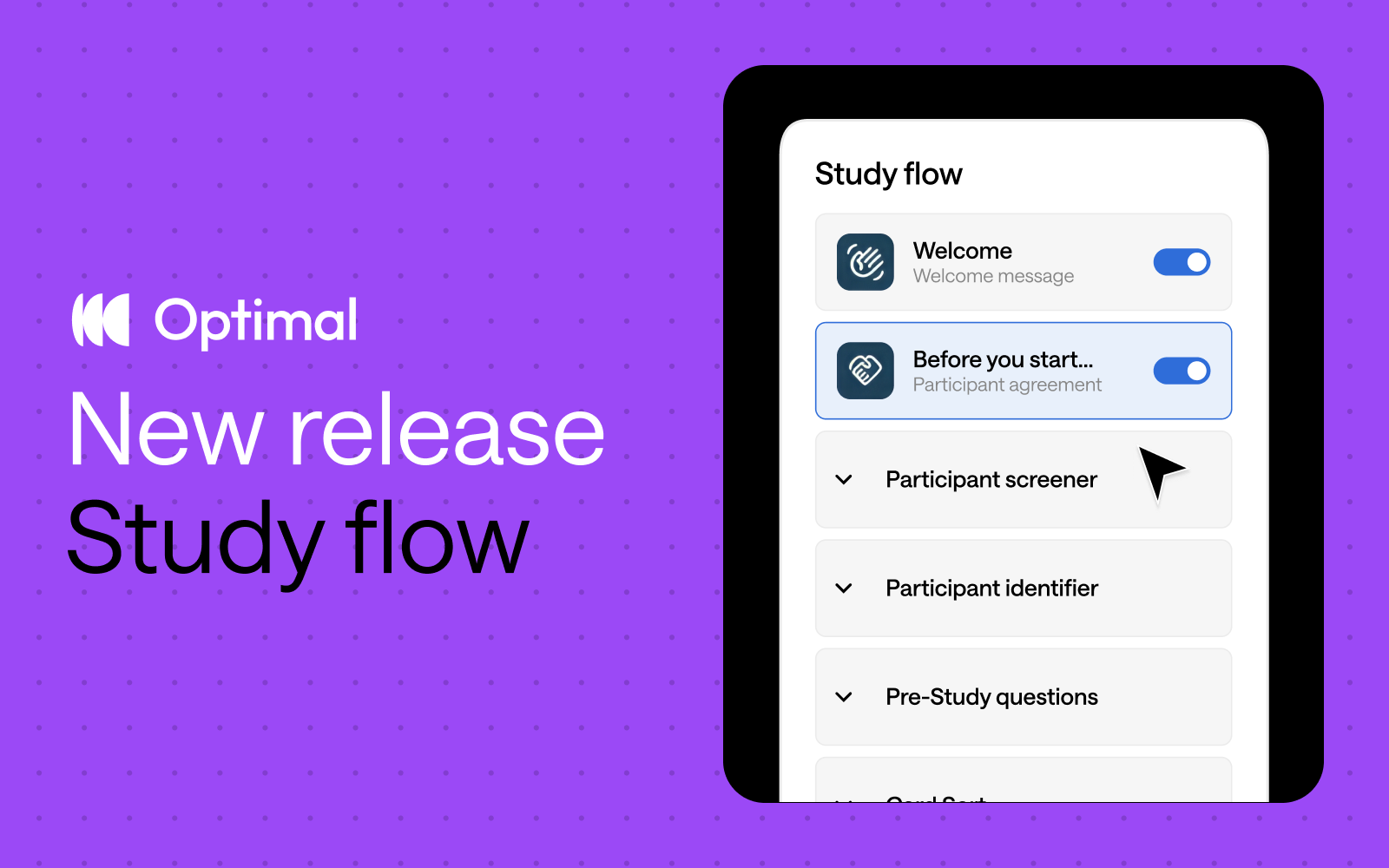We're thrilled to announce the re-launch of our Qualitative Insights tool, formerly known as Reframer. This powerful upgrade brings new features designed to revolutionize your qualitative data analysis process, making it faster, easier, and more insightful than ever before.
Introducing the new Qualitative Insights 🔍
Qualitative Insights has always been your go-to tool to help you plan and organize interviews, take notes, tag, and analyze rich, unstructured data. Now, we've taken it to the next level with two game-changing additions:
- Insights feature: A dedicated space to capture, organize, and communicate your key takeaways.
- AI capabilities: Optional AI-powered assistance to accelerate your analysis process.
Discover insights effortlessly 💡
The new Insights feature transforms how you work with qualitative data:
- Centralized hub: All your analytical discoveries in one place.
- Structured insights: Each insight includes a title, detailed description, and associated observations.
- Flexible viewing: Toggle between overview and deep-dive modes.
- Efficient organization: Tag and categorize insights for easy retrieval.
- Collaboration tools: Share and discuss findings with your team.
How it works 🛠️
Manual insight creation
- Filter your data using keywords, tags, affinity map groupings, tasks, segments, and sessions.
- Select relevant observations.
- Craft your insight with a custom title and description.
AI-Powered Insight Generation (Optional)
- Click "Generate" to activate our AI assistant.
- AI analyzes existing observations to produce new insights.
- Automatically generates insight titles, summaries, and attaches relevant observations.
- AI-generated insights are marked with an AI star symbol for easy identification.
- All AI insights remain fully editable.
AI: Your analysis assistant 🤖
Our AI capabilities are designed to enhance your abilities, not replace them. Use AI to:
- Speed up insight discovery
- Reveal hidden patterns in your data
- Jumpstart the analysis process
Remember, your expertise is crucial. Always review and refine AI-generated insights to ensure accuracy and capture nuances that only human understanding can provide.
Your data, your choice 🔒
We prioritize your privacy and data control:
- Your data stays within your organization
- We don't use it to train other AI models
- You control when to use AI for insights
- AI features can be turned on or off anytime
Get started today 🌟
Ready to experience the power of the new Qualitative Insights? Learn more and dive in. Upgrade your qualitative analysis workflow and uncover deeper insights faster than ever before with Qualitative Insights!





.png)